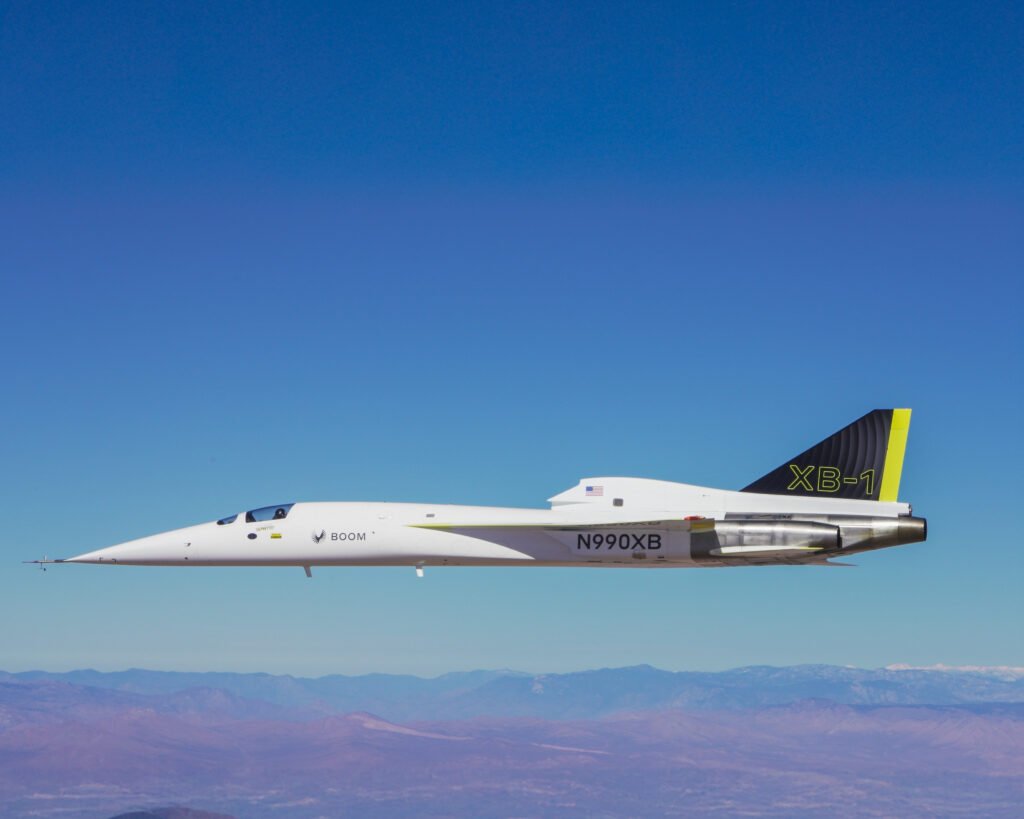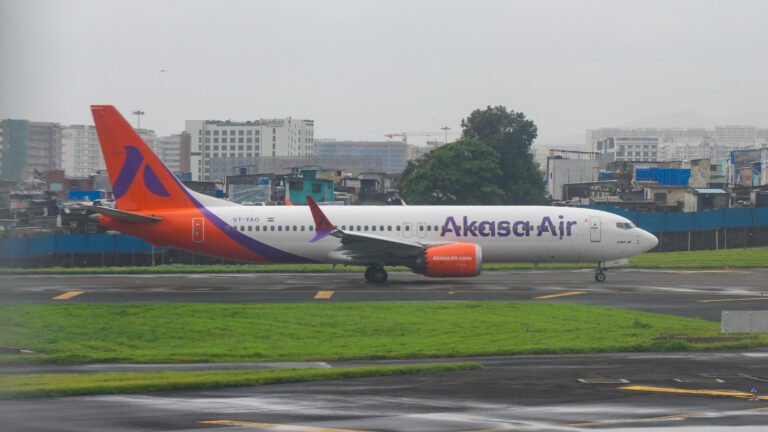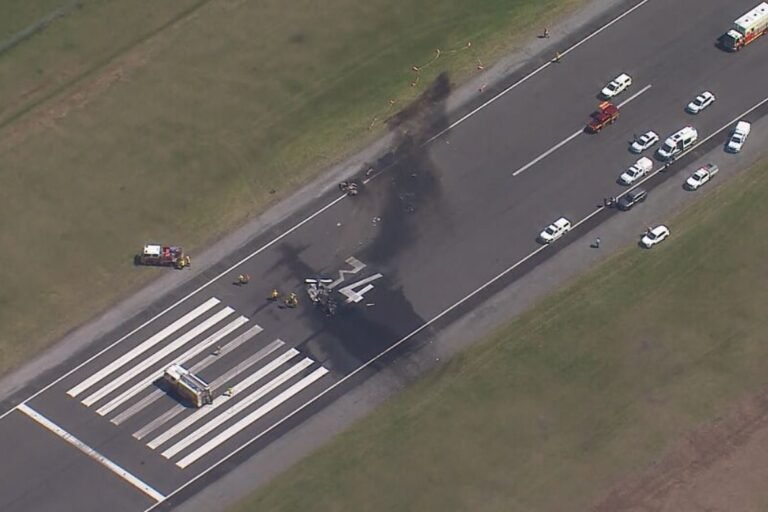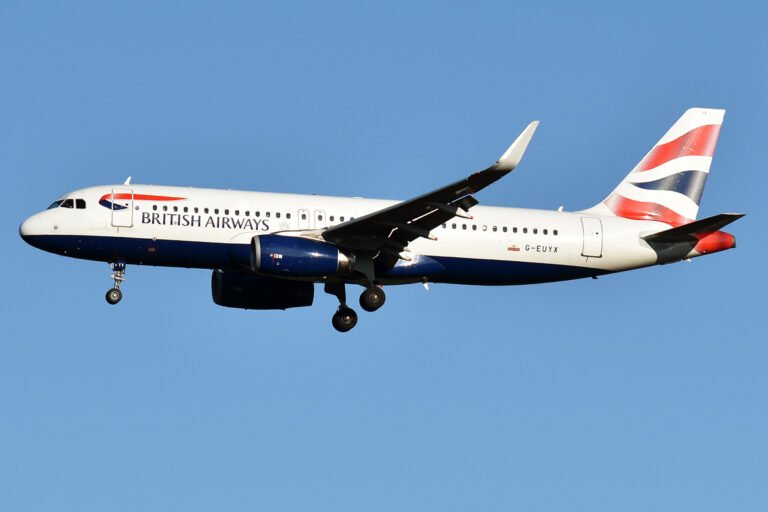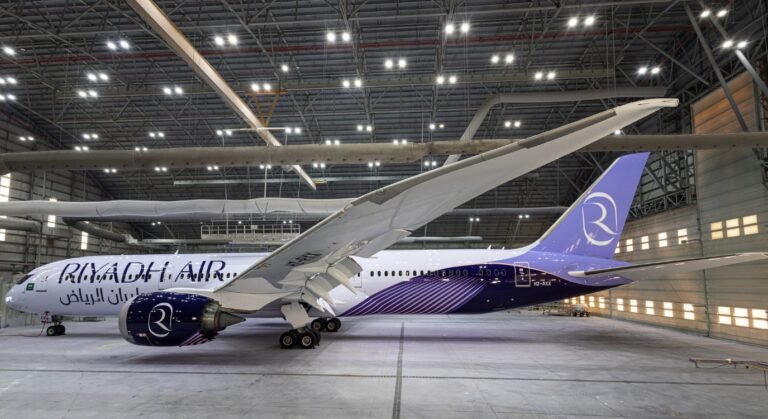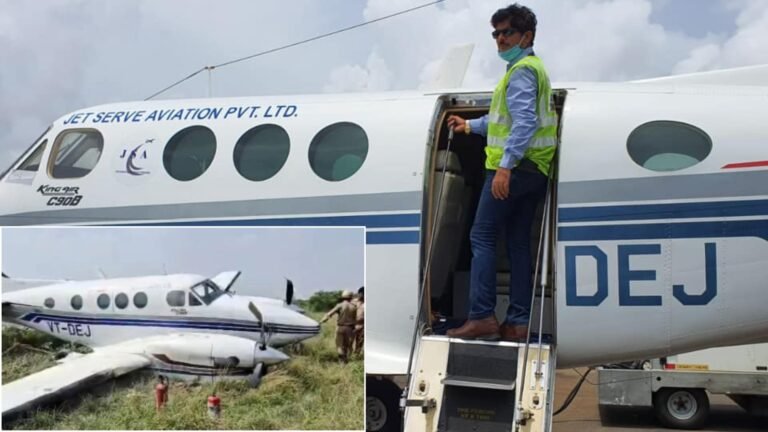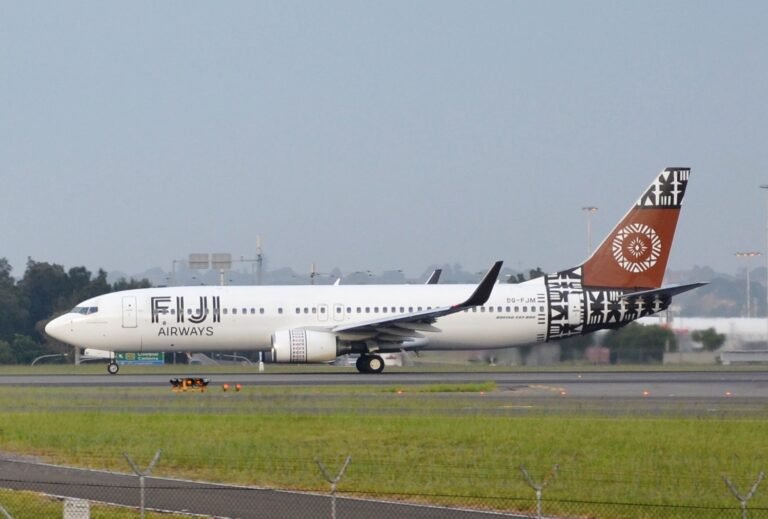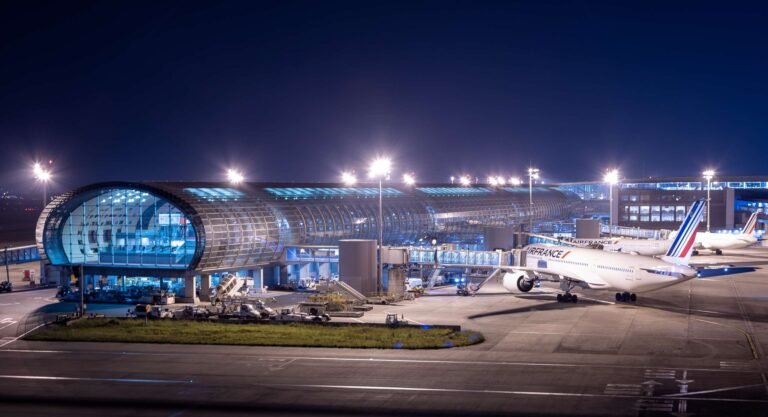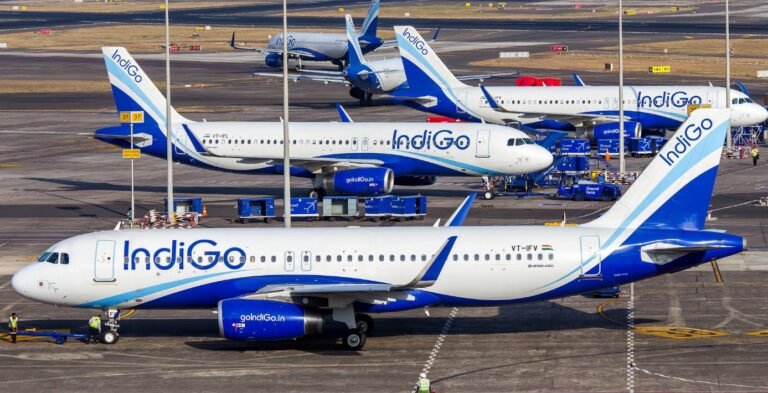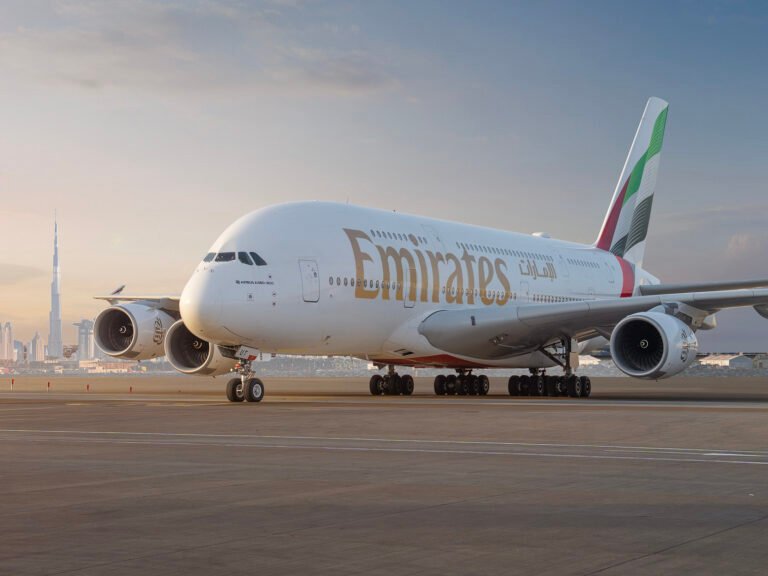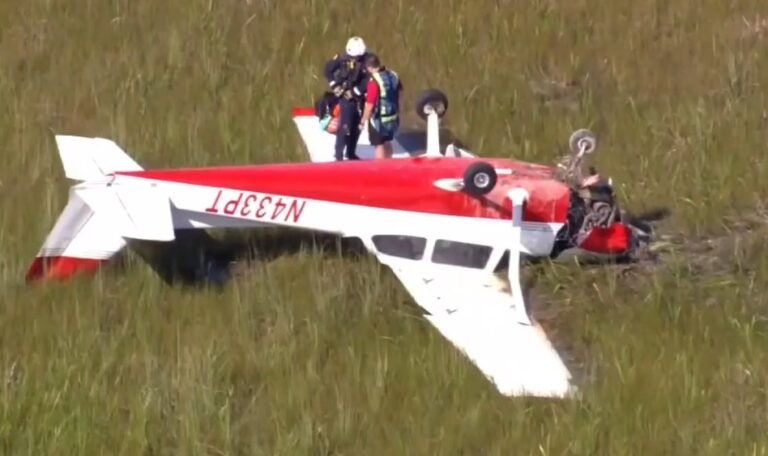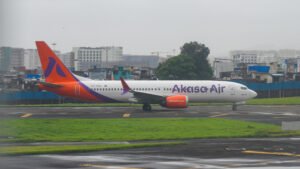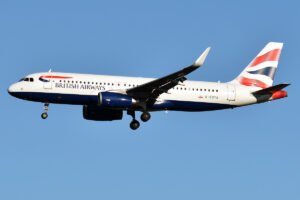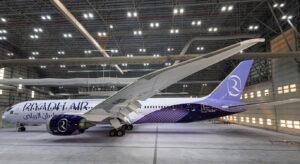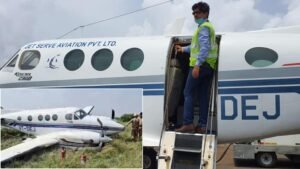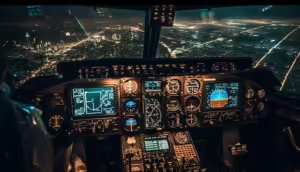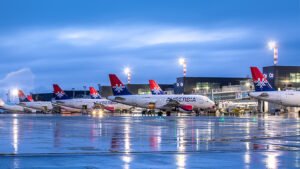Picture credits: Boom Supersonic
USA: Boom Supersonic, the company developing the Overture supersonic airliner, has announced the successful demonstration of “Boomless Cruise,” a technology that enables supersonic flight over land without generating an audible sonic boom. This breakthrough was confirmed during the XB-1 test aircraft’s first supersonic flight on January 28, 2025.
The test flight saw XB-1 achieve speeds of up to Mach 1.12, with no sonic boom detected on the ground. Specialized microphone arrays placed along the aircraft’s flight path confirmed the absence of an audible sonic boom, demonstrating that the Boomless Cruise technology, which uses the Mach cutoff effect, can prevent sonic booms from reaching the surface.
Check out the XB-1’s second supersonic test flight video.
Mach Cutoff Explained
Mach cutoff is a well-known phenomenon in aerodynamics where an aircraft flying at supersonic speeds at high altitudes causes the sonic boom to refract upward into the atmosphere, effectively diverting it from the ground. This effect relies on atmospheric conditions and high-altitude flight above 30,000 feet. For the first time in commercial aviation, Boom Supersonic validated this principle during XB-1’s test flights.
Symphony Engine and Flight Systems
The Symphony propulsion system, designed specifically for Overture, enables the aircraft to achieve speeds and altitudes where Mach cutoff works. Symphony is equipped with enhanced transonic thrust, allowing Overture to operate at supersonic speeds while minimizing sonic booms. The system is integrated with an advanced autopilot that adjusts real-time conditions to select the best altitude for efficient and quiet supersonic flight.
Overture will typically fly at speeds between Mach 1.1 and Mach 1.2, with a maximum speed of Mach 1.3. This ensures that sonic booms are refracted upward, preventing disturbance on the ground.
Overcoming Sonic Boom Limitations
Supersonic flight has faced significant challenges due to the disruptive effects of sonic booms. The Concorde, which ceased flying in 2003, was limited in its routes due to its loud sonic boom. It could only travel supersonic over oceans, with no flights allowed over land due to noise concerns, which led to its retirement. Similarly, supersonic flight was banned in several regions, including the U.S. and the U.K., because of the disruptive nature of sonic booms.
Boom Supersonic’s Boomless Cruise technology now offers the possibility to fly at supersonic speeds over land without producing an audible sonic boom, addressing a major issue that has long limited the potential of supersonic travel.
Impact on Supersonic Travel
The Boomless Cruise technology significantly impacts both domestic and international flight routes. Overture is designed to travel up to 50% faster than today’s subsonic jets over land, while flying at speeds of up to Mach 1.7 over water. For example, coast-to-coast flights in the U.S. could be reduced by up to 90 minutes.
Boom Supersonic plans to operate Overture at Mach 0.94 over land to comply with current regulations, flying 20% faster than traditional jets. Supersonic travel will only occur over water, where the aircraft will achieve speeds up to Mach 1.7.
Orders and Future Plans
Boom Supersonic has received 130 orders and pre-orders for the Overture airliner, including commitments from American Airlines, United Airlines, and Japan Airlines, which could be among the first to use the aircraft. These orders cover the first five years of production.
XB-1, Boom’s demonstrator, has completed its second and final supersonic test flight. The aircraft will return to Denver, Colorado, while Boom focuses on scaling the technology to develop the Overture airliner. Boom aims to have Overture ready for commercial flights by the end of 2029.
Stay tuned to Aviation Today for more such updates.

